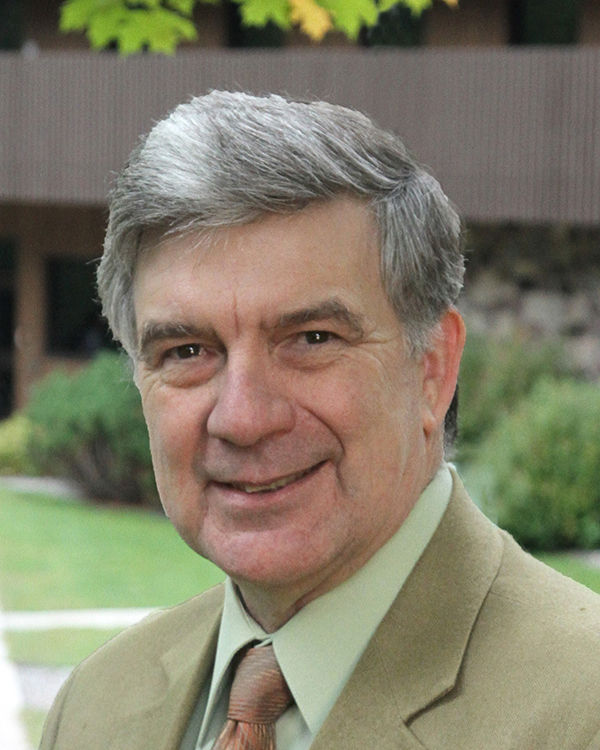What Should Reauthorization Be Like?
Published by: WCET | 3/8/2018
Tags: Academic Integrity, Distance Education, Higher Education Act, Reauthorization, Regular And Substantive Interaction
Published by: WCET | 3/8/2018
Tags: Academic Integrity, Distance Education, Higher Education Act, Reauthorization, Regular And Substantive Interaction
In February 2018, we had a question submitted through our WCETDiscuss email list about the Reauthorization of the Higher Education Act. This prompted a discussion of how the reauthorization would or should impact distance education. The original question asked about academic integrity, specifically student identity authentication. Russ Poulin, our Director of Policy and Analysis, answered this question (see his adapted answer below).
Good question. You are probably looking at the PROSPER Act, which was the product of the House of Representatives. That bill was completely the product of one party and, while parts of it may survive, the resulting Higher Education Act will probably look much different.
I received inquiries from others who may be unclear that there already is a federal regulation regarding distance education and academic integrity. It is Chapter 34, 602.17(g), which places on accrediting agencies the responsibility to monitor institutions…
… I think the Senate (which is currently working on its version of reauthorization) will include language regarding student identity for distance education.
So…we can recommend it not be included, but we better be ready with alternatives. Our mere suggestion that reauthorization not address student identity will just be further proof to the naysayers that more regulation is needed.
If a regulation were to exist, what can we live with? Personally, I’d like to see the responsibility stay with the accrediting agencies. If anything needs to be beefed up it would be the gathering of evidence that such methods work. Like many of you who wrote previously, given the ubiquity of technology and cheating, I don’t see why it should be limited to distance education.
Richard Nelson, the President of Nicolet College, provided a wonderful response to Russ’ question about “What Reathorization Should Look Like.” Upon our request, he adapted his WCETDiscuss response for today’s post. Thank you President Nelson for your thoughtful response and your challenge to WCET!
Enjoy the read and enjoy your day,
Lindsey Downs, WCET
What would we like to see in a reauthorized Higher Education Act (HEA)? At first, visions of unprecedented innovation powered by boundless creativity and liberated from burdensome regulation come to mind. Then reality sets in and I grudgingly recognize the inevitability of regulation. However, if we’re diligent and a little bit lucky, sound regulation of limited scope may actually help the cause by mitigating some of the widespread skepticism in DC and most state capitols of anything other than counting butt-in-seat hours.

That skepticism isn’t surprising if you suspect, as I do, that a huge majority of members and staffers in all branches of government went directly from good high schools to very traditional and very enjoyable four-year residential college experiences. It’s what they know. It’s what “college” means to them. That’s neither good nor bad, it just is. Recognizing the frame of reference different people bring to the table can be immensely helpful as we seek to influence their perspectives.
Fortunately, we have many influential innovators among us, and we have much more evidence that online learning (or technology-enabled learning in general) is at least as effective as face-to-face than we did the last time HEA reauthorization came around. Other things have changed too:
When we consider affordability and flexibility, it’s no wonder that short-term credentials and competency-based programs are quickly gaining favor with students and employers. Their full potential will only be realized when they’re embraced by our regulators and accreditors, but it’s not an easy ask. They aren’t known for risk-tolerance, nor should they be. Identifying the risks of innovation and taking effective steps to mitigate them is our job, not theirs, and I suggest that organizations like WCET have the right people with the right motivation to do this work exceptionally well.
The risks of innovation come in two flavors, the risk of failure faced by the innovators and the risk of market disruption feared by the traditionalists.

In reality, however, defenders of the status quo will typically resist change by amplifying the risks innovation, so it turns out that that the two flavors aren’t really so different. Either way, reducing the risk of failure to a level that our regulators and accreditors can tolerate is prerequisite to overcoming resistance to change.
This brings us back to the discussion at hand. Certainly, we all agree that students need to represent themselves truthfully, whether we’re talking about what they know or who they are. Accordingly, let’s focus first on finding ways to provide strong assurances of student identity and of academic honesty. In so doing, we will eliminate perceived weaknesses in these areas as a justification for opposing change.
If well-crafted regulation can reduce the risks associated with innovation and help overcome resistance to change, the less thoughtful sort can just as easily drown the emerging seedlings of progress. How do we find the balance between making room for new models without throwing the door open to the unscrupulous opportunists who will exploit every perceived regulatory loophole? How do we encourage the kind of community-based collaboration that can move us all forward without spawning yet another regulation-fueled cottage industry of companies and organizations eager to monetize their own purported compliance solutions? Once again, I suggest that WCET is well-positioned to do this work and hold firmly to the belief that students come first. Always.
For me, I’d be thrilled to see the reauthorized HEA treat distance education not as an afterthought, but as our best bet to bring the benefits of higher education – enhanced social well-being and economic vitality – to more people in more places than ever before. And if we can avoid another “regular and substantive” fiasco while we’re at it, I’d take that as a win too.

Richard Nelson
President
Nicolet College

1 reply on “What Should Reauthorization Be Like?”
[…] « What Should Reauthorization Be Like? […]